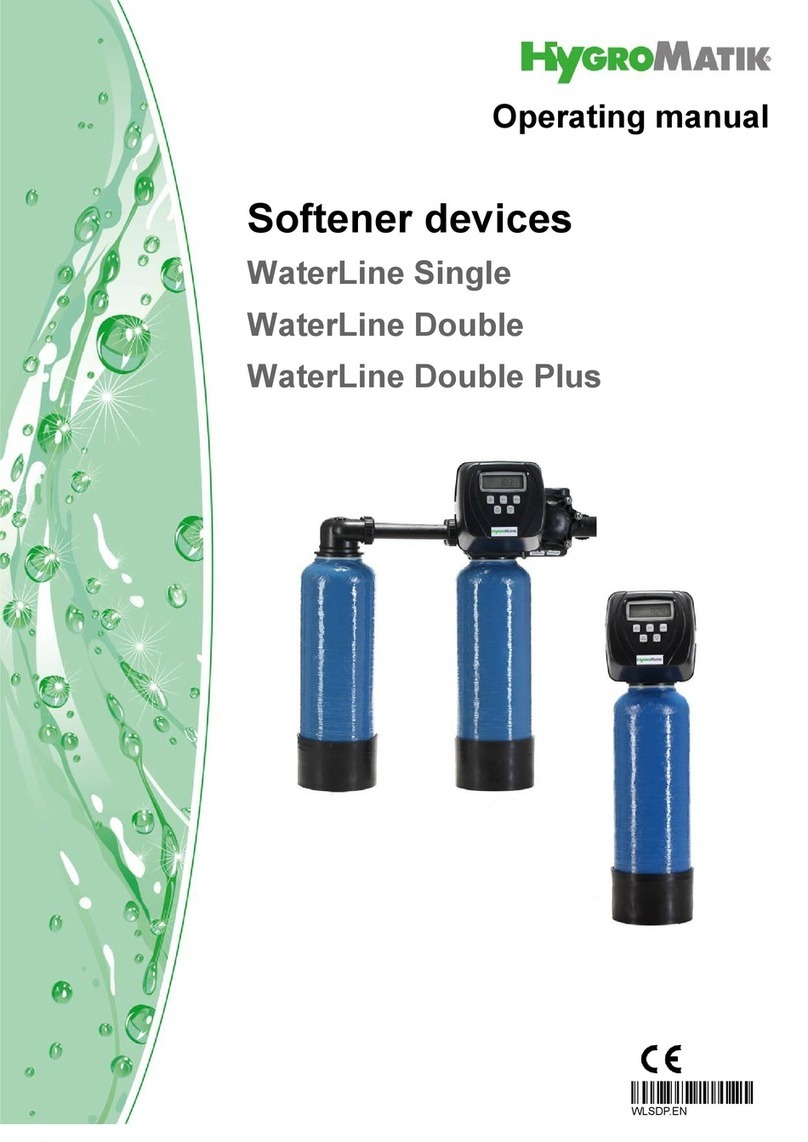Page 3
1. About this documentation ................................................................................................ 5
1.1 Intended use ..................................................................................................................... 5
1.2 Structure ............................................................................................................................ 6
1.3 Depictions .......................................................................................................................... 7
1.3.1 Action steps .................................................................................................................... 7
1.3.2 Safety instructions and information notes ...................................................................... 7
1.4 The documentation is part of the system .......................................................................... 7
1.5 Customer service .............................................................................................................. 8
2. Safety .................................................................................................................................. 9
2.1 Measures for safe operation .............................................................................................. 9
2.2 Personnel .......................................................................................................................... 10
2.3 Personal protective equipment .......................................................................................... 10
2.4 Safety-conscious working .................................................................................................. 11
3. Transport and storage ...................................................................................................... 13
3.1 Transport notes ................................................................................................................. 13
3.2 Scope of supply ................................................................................................................. 13
3.3 Inspecting for correctness and completeness ................................................................... 13
3.4 Storage .............................................................................................................................. 13
3.5 Preservation ...................................................................................................................... 14
4. System description .......................................................................................................... 15
4.1 Principle of osmosis/reverse osmosis ............................................................................... 15
4.2 Overview of components ................................................................................................... 15
4.3 Functional description ....................................................................................................... 17
5. Technical Data ................................................................................................................... 19
5.1 Raw water requirements regarding water quality .............................................................. 19
5.2 Raw water requirements regarding pressure .................................................................... 19
5.3 Permeate quality ............................................................................................................... 19
5.4 Performance data .............................................................................................................. 20
5.5 Dimension sheet ................................................................................................................ 21
5.6 Emissions .......................................................................................................................... 23
5.6.1 Operating and auxiliary materials ................................................................................... 23
5.6.2 Noise emission from the system .................................................................................... 23
6. Mounting ............................................................................................................................ 24
6.1 Mounting the securing and fixing plate .............................................................................. 24
6.2 Connecting the plant ......................................................................................................... 25
7. Inital start-up (System was preserved by manufacturer) .............................................. 27
8. Settings .............................................................................................................................. 29
8.1 Setting the switch-off pressure .......................................................................................... 29
8.2 Setting raw water inlet pressure on the pressure regulator ............................................... 31
9. Production/Stand-by operation ........................................................................................ 32
9.1 Starting production ............................................................................................................ 32
9.2 Set blending (ROB plant only) ........................................................................................... 33
9.3 Stand-by operation ............................................................................................................ 34




























